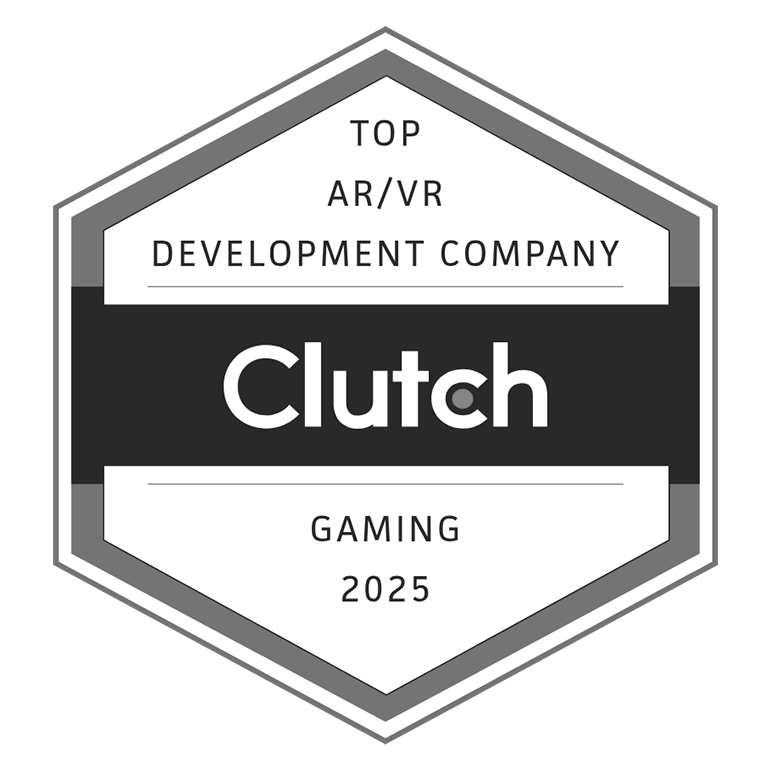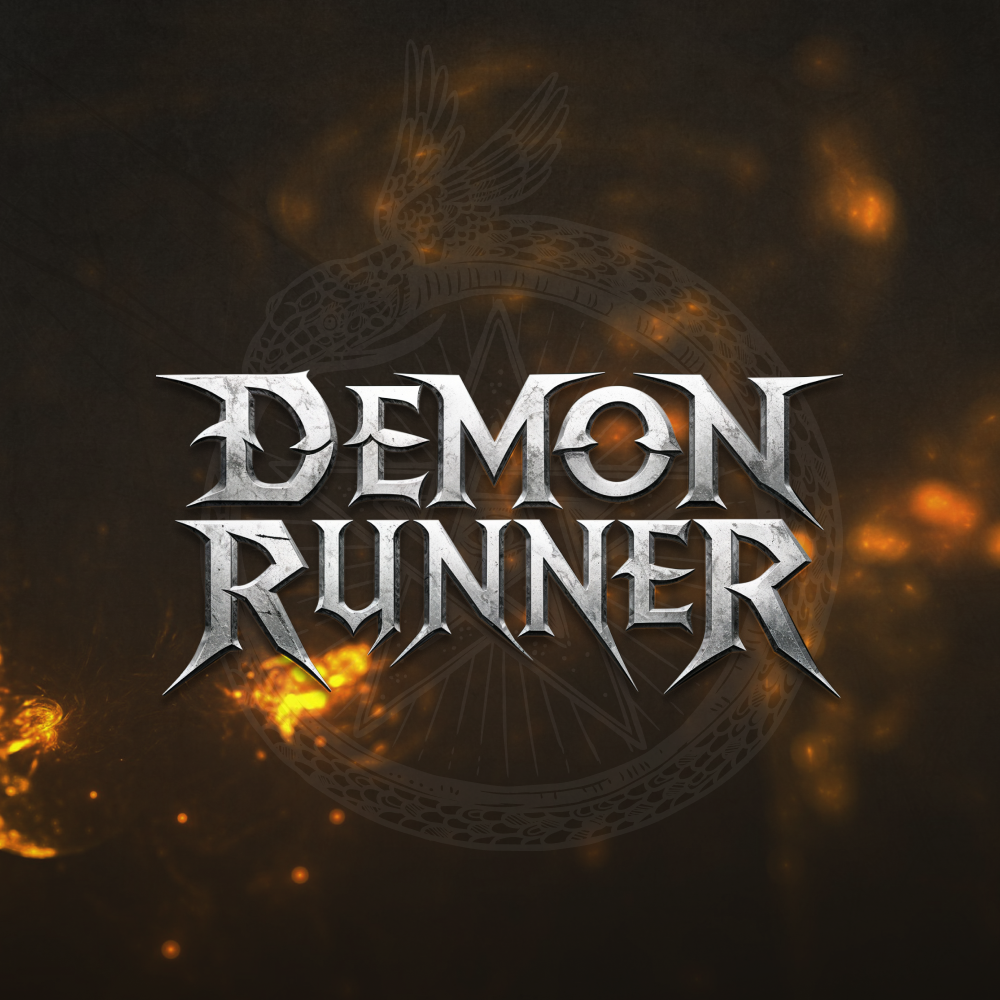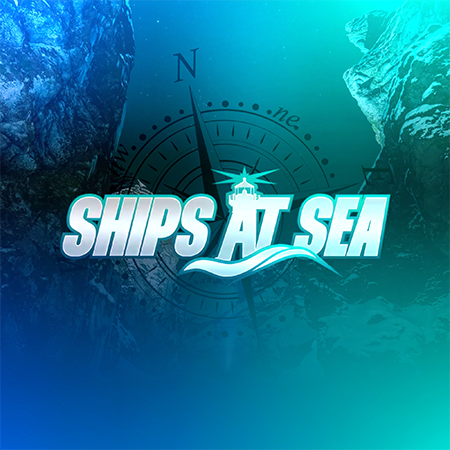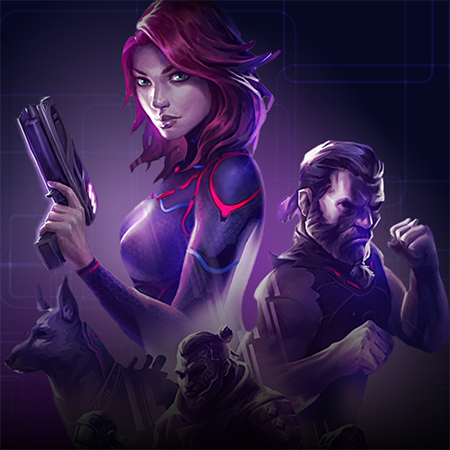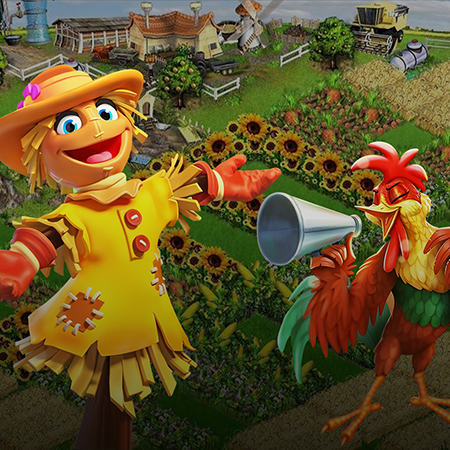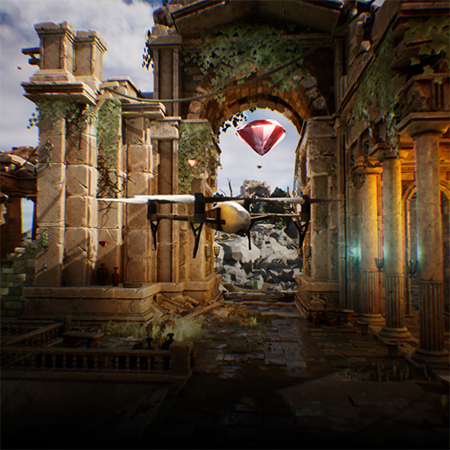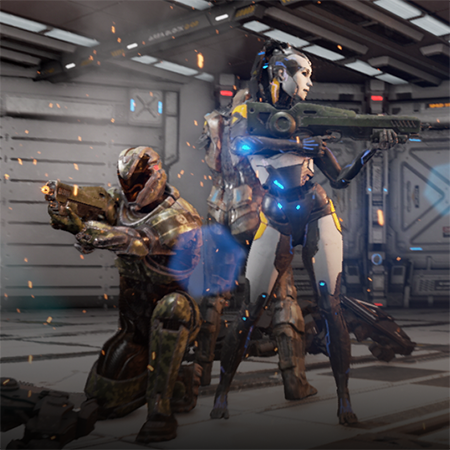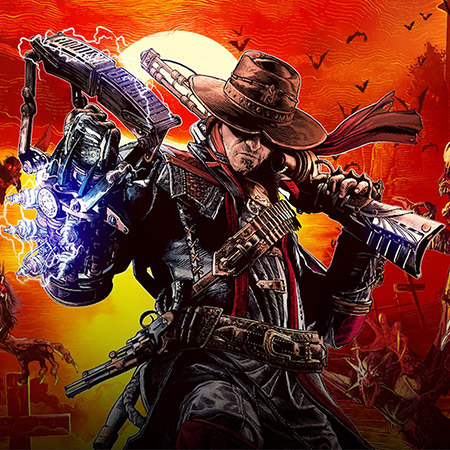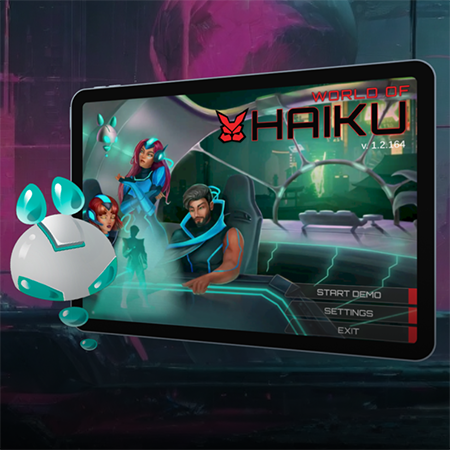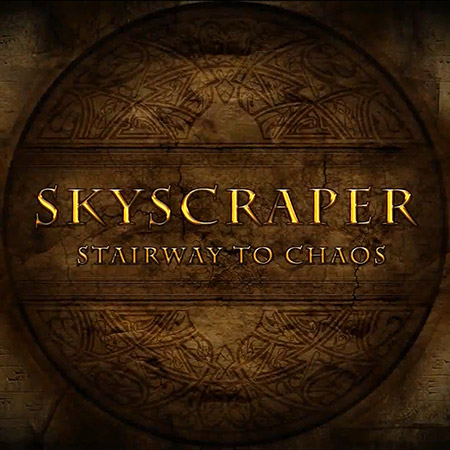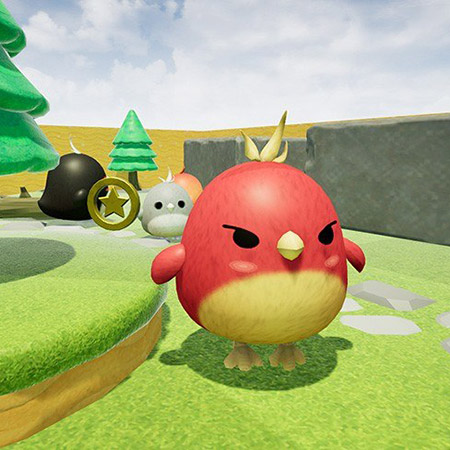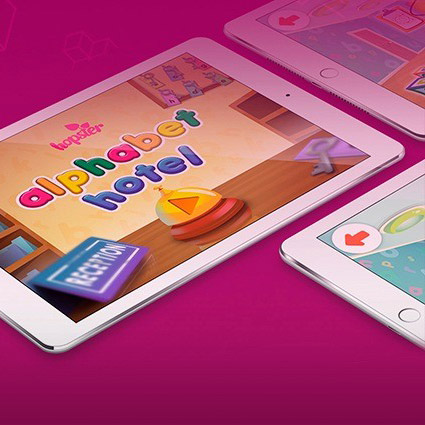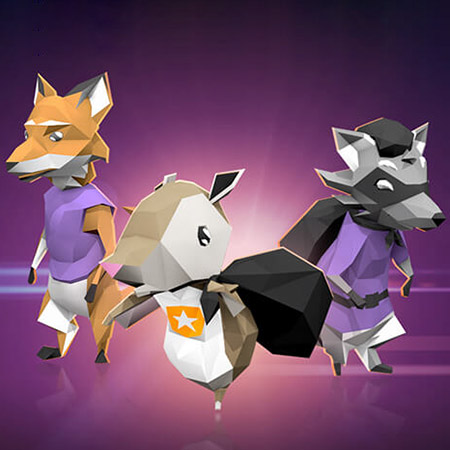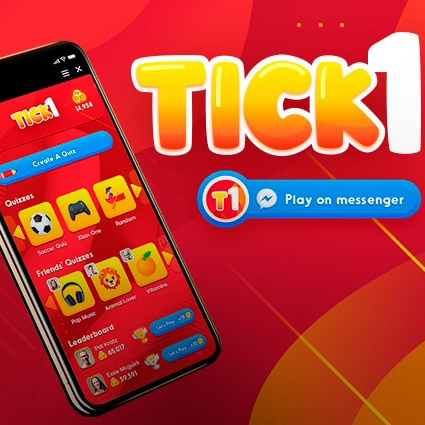Recruitment processes are changing rapidly, and AI-driven recruitment tools are becoming one of the most effective ways to assess and hire talent. Instead of relying on traditional interviews or written tests, companies can now evaluate candidates through interactive scenarios that mirror real job challenges. Our team applies the same structured approach we use in full-cycle game development to create AI-driven recruitment experiences that deliver measurable results.
AI recruitment games track decision-making, reaction time, and problem-solving accuracy in real-time. The data collected from each session allows recruiters to identify skills that are difficult to measure with standard assessments, such as adaptability or teamwork. Unlike conventional testing, the process feels engaging and fair to candidates, while providing employers with transparent, data-driven insights.
For organizations, AI recruitment games provide more than entertainment. They make hiring smarter, faster, and more reliable. Each candidate's actions become valuable data points that help build better teams and reduce turnover. The outcome is a streamlined recruitment pipeline where talent is recognized not by words, but by performance.
The Evolution of Game Recruitment
Game recruitment has progressed from static aptitude tests to dynamic, interactive formats. As hiring needs became more complex, companies began integrating gamified assessments to evaluate decision-making and behavior under realistic conditions. Today, AI recruitment games combine advanced analytics with engaging design to identify talent more quickly and accurately.
Top gamification companies apply design principles from entertainment and education to make recruitment more reliable and enjoyable. Our specialists follow a similar process when building simulation-based assessments that align with job requirements and corporate values. Based on our experience, game-driven testing not only improves candidate engagement but also reveals natural thinking patterns that standard interviews often miss.
Nowadays, organizations can easily find a game development team capable of delivering measurable recruitment results should look for partners who understand both psychology and game design. When these fields merge under an AI-driven approach, hiring becomes a structured and data-rich process rather than a guessing exercise.
How AI Is Changing the Game for Recruiting
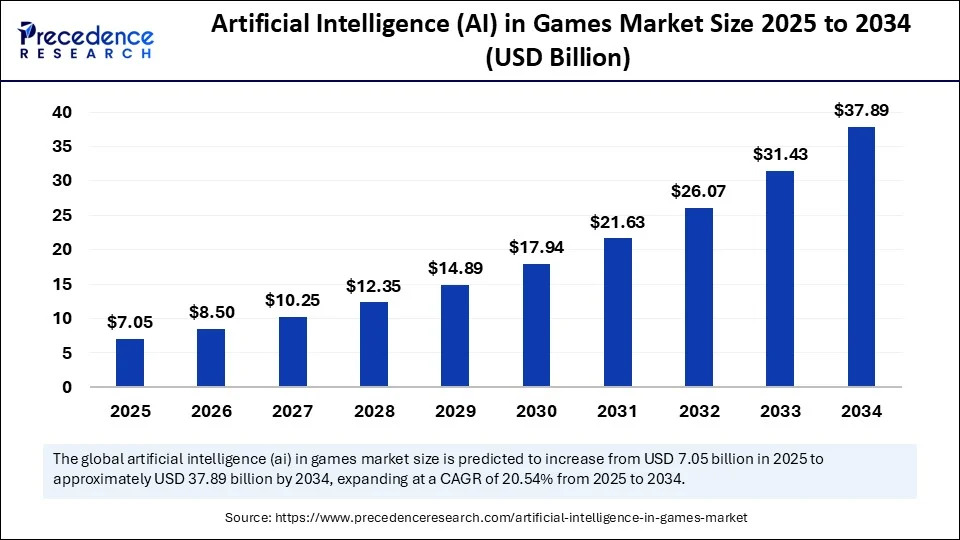
AI has shifted recruitment from subjective evaluation to quantifiable performance. Machine learning models now interpret user behavior inside gamified scenarios, turning every action into meaningful data. Reaction times, strategy choices, and consistency reveal competencies far beyond what resumes can convey.
Our research demonstrates that combining AI with interactive gameplay improves the accuracy of candidate screening. Algorithms adjust the game flow based on the participant's skill level, ensuring every test remains both fair and challenging. Recruiters receive detailed analytics instead of generic scores, allowing for precise comparisons among candidates.
Companies adopting AI recruitment tools gain an edge in identifying talent earlier in the hiring process. They can automate repetitive screening tasks, focus on cultural alignment, and reduce unconscious bias. The result is a faster, evidence-based recruitment cycle supported by measurable outcomes rather than subjective impressions.
Why Game Recruitment Works Better Than Traditional Testing

Traditional assessments often struggle to capture the creativity, focus, and adaptability required in modern roles. Game recruitment introduces dynamic problem-solving tasks that reflect real-world challenges. Each scenario generates objective data about how candidates think and react.
In our professional work, we have found that candidates tend to perform more authentically in interactive environments than during traditional interviews. Recruiters can observe technical artist precision, communication style, and resilience in context rather than theory. That makes the entire hiring process not only more accurate but also more engaging for both sides.
Engagement and Motivation Through Play
Gamified recruitment transforms the hiring process from a routine task into an interactive challenge. Candidates stay engaged longer because the experience feels purposeful and rewarding. Instead of passively answering test questions, they solve tasks that resemble actual work scenarios, which keeps motivation high throughout the session.
According to our internal analysis, candidates participating in AI-driven game assessments exhibit up to 40% higher completion rates compared to those using traditional methods. Motivation grows as participants see direct consequences of their actions, earn progress badges, or unlock new levels. Such elements sustain attention while revealing persistence, focus, and adaptability.
Main engagement drivers include:
- Clear goals. Each stage communicates expectations transparently.
- Visible progress. Players see achievements build in real time.
- Fair competition. AI ensures balanced difficulty for all candidates.
- Recruiters benefit as well. More motivated applicants produce richer behavioral data, making each game session a valuable source of insight for final hiring decisions.
Real-Time Feedback and Immediate Scoring
Instant feedback is one of the most substantial advantages of AI recruitment games. Candidates receive immediate results after completing each task, which maintains interest and reduces anxiety about outcomes. Recruiters, on the other hand, access detailed performance metrics without delays, improving both accuracy and response speed.
Our benchmarking results indicate that real-time evaluation significantly shortens the candidate review process. The system collects behavioral data, compares it with established benchmarks, and generates objective reports instantly.
- Faster decisions. Recruiters can move qualified candidates forward within hours.
- Improved transparency. Participants understand how performance affects scoring.
- Better calibration. Ongoing data collection helps refine future tests.
Such responsiveness benefits both sides, as candidates feel fairly evaluated, and employers gain actionable insights immediately, turning recruitment into a continuous feedback loop rather than a delayed evaluation cycle.
AI Recruitment Games and Predictive Assessment Accuracy
AI recruitment games improve prediction accuracy by turning every interaction into measurable data. Each click, pause, and decision provides insight into cognitive performance and behavioral tendencies. Recruiters can analyze patterns invisible in interviews or written tests. Our expertise indicates that predictive analytics integrated into game scenarios align closely with actual job success rates.
By combining gameplay data with AI-driven modeling, companies can forecast how candidates will perform long before onboarding begins. The result is a measurable, data-grounded assessment process that replaces assumption with precision.
Measuring Cognitive and Behavioral Patterns
AI recruitment games capture subtle indicators of mental agility, focus, and adaptability. Algorithms interpret user behavior across milliseconds, revealing how candidates approach unfamiliar challenges or multitask under time pressure.
To illustrate how these systems measure performance, let's put it all into a simplified table:
| Parameter | What It Reveals | How It’s Measured |
| Decision speed | Processing efficiency | Time taken per task |
| Accuracy rate | Attention to detail | Correct vs. incorrect responses |
| Adaptability | Response to dynamic difficulty | Performance variation trends |
| Collaboration cues | Team-oriented behavior | Interaction with cooperative elements |
We've noticed that such data points consistently predict professional behavior. Recruiters can compare cognitive performance across departments or roles, ensuring that each hire meets the mental and behavioral standards required for success.
Eliminating Human Bias in Recruitment Decisions
AI recruitment games address one of the biggest hiring challenges, which is subjective bias. Algorithms process objective data without regard to age, gender, or background, producing fairer outcomes. Recruiters review quantified results instead of impressions, making evaluation consistent across all candidates.
Practical experiments confirmed that algorithmic scoring models improve fairness and inclusivity. Transparency also builds trust between employers and candidates.
Core mechanisms reducing bias include:
- Automated scoring. Removes emotional influence from assessments.
- Calibrated datasets. AI systems learn from diverse user samples.
- Regular audits. Continuous checks ensure accuracy and compliance.
- Blind reporting. Candidate identifiers are hidden until final review.
Such a structure enables organizations to maintain fairness while upholding high technical and cognitive standards in recruitment.
Features That Make AI Recruitment Games Effective
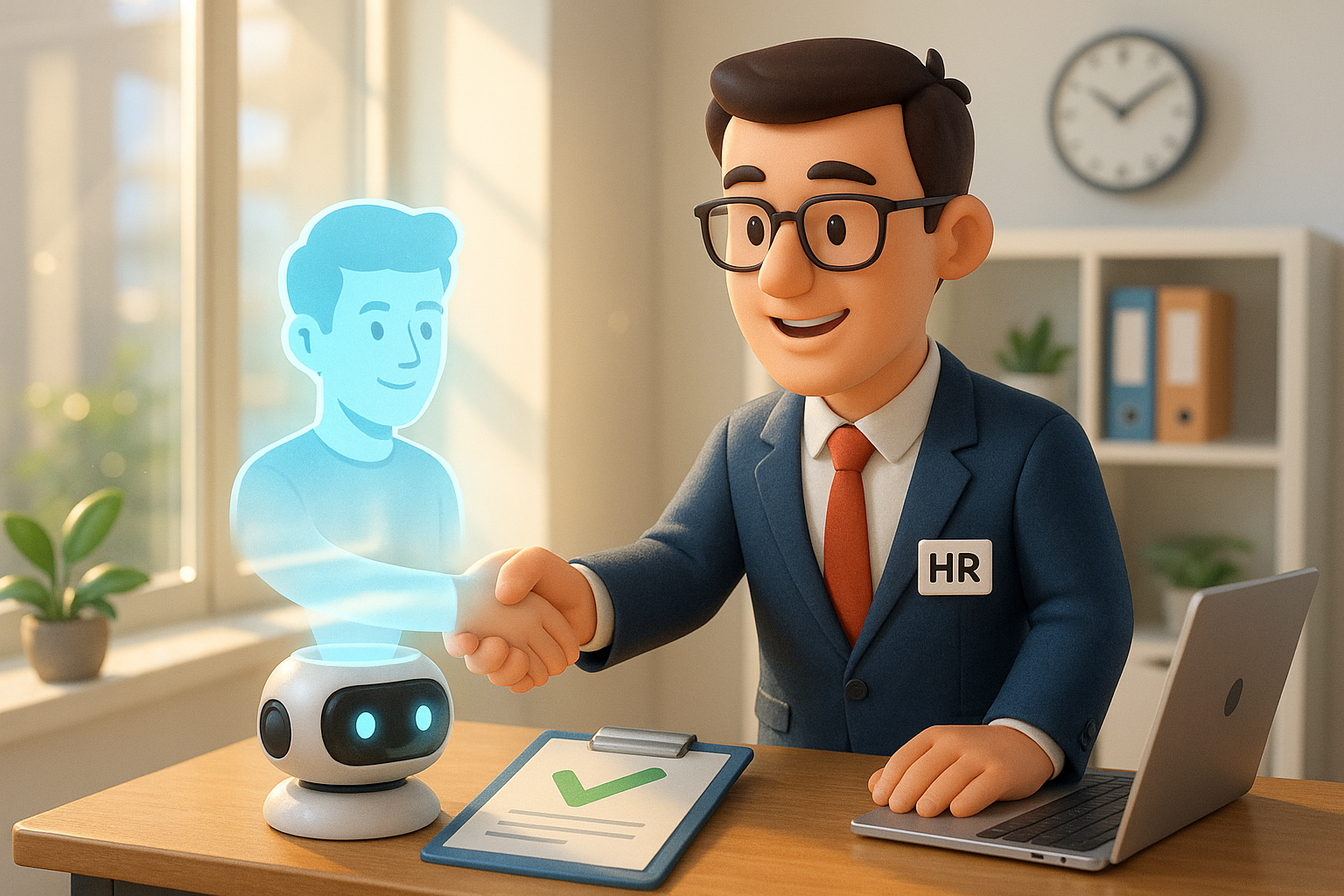
AI recruitment games combine advanced analytics, balanced design, and seamless automation to create meaningful evaluation experiences. Their strength lies in adaptability because every session adjusts to the player's behavior, ensuring fairness and engagement. AI game assistant integration adds another layer of intelligence by guiding participants through challenges while collecting behavioral insights.
Our methodology ensures that each feature serves a measurable recruitment purpose: identifying genuine skills, reducing bias, and enhancing prediction accuracy.
Adaptive Gameplay Based on Skill Levels
Adaptive systems personalize the recruitment process by automatically adjusting task difficulty based on the candidate's performance. As a participant progresses, the AI evaluates speed, accuracy, and strategic behavior to adjust the next scenario. That prevents both over-simplification and frustration, maintaining an optimal challenge level for every user.
Different adaptation strategies include:
- Dynamic scaling. Game environments shift in complexity based on past responses.
- Role-specific tasks. AI modifies questions or challenges to align with job profiles.
- Behavior mapping. Real-time tracking identifies learning curves and adjusts accordingly.
User feedback confirms that balanced adaptation simultaneously increases satisfaction and accuracy. Recruiters benefit from standardized results that reflect genuine ability, rather than luck or prior gaming experience.
Data-Driven Scoring and Predictive Analytics
Every interaction in an AI recruitment game generates data. Algorithms compile that information to build precise scoring models, highlighting competencies most relevant to the role. From projects we delivered, it became clear that structured data interpretation produces more reliable predictions than manual scoring ever could.
Performance metrics highlight that AI-based scoring minimizes random variation between candidates. Predictive analytics then cross-reference those scores with historical success data, identifying correlations with future job performance.
Main analytical advantages:
- Objective evaluation. Removes subjective interpretation from results.
- Pattern discovery. Detects skill combinations linked to success.
- Long-term prediction. Anticipates how new hires will perform post-onboarding.
Such analytics make recruitment measurable, transparent, and easily scalable across departments.
Continuous Learning Integration
AI recruitment games evolve as data accumulates. Each new round of player interactions helps the system refine its evaluation logic. The continuous feedback loop ensures that every future assessment becomes more accurate and aligned with industry trends.
Adoption across enterprises shows that continuous learning maintains system relevance over time. AI modules analyze fresh behavioral data, retrain internal models, and adjust parameters automatically.
Some benefits of continuous improvement include:
- Higher reliability. Each dataset refines prediction accuracy.
- Scalable intelligence. Systems grow stronger with wider use.
- Custom adaptation. Recruitment scenarios update based on current role demands.
Through this self-improving structure, organizations gain tools that remain both current and dependable across thousands of assessments.
From Assessment to Onboarding: How Game Recruitment Supports Full HR Cycles
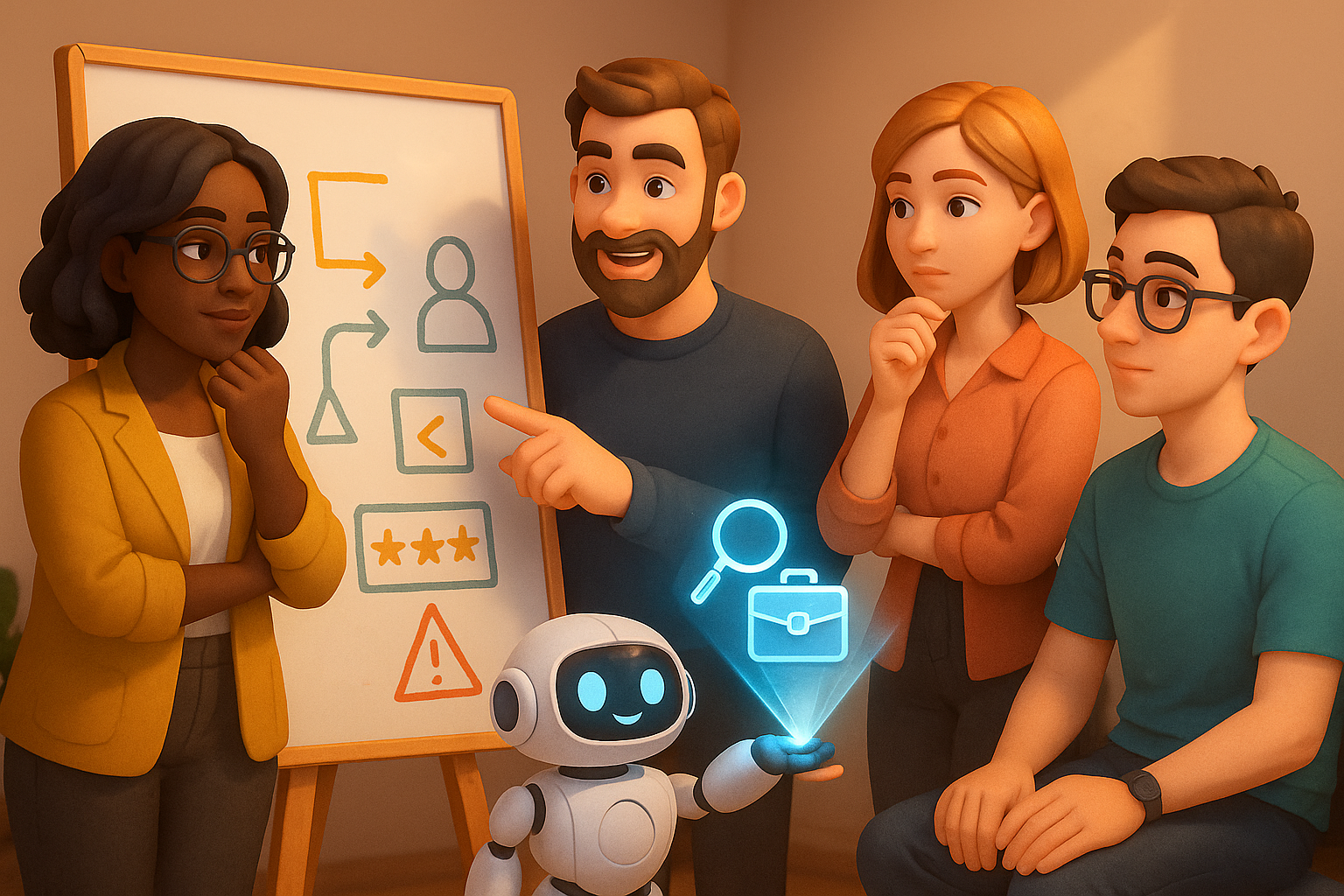
AI recruitment games extend beyond initial screening. They form a continuous system connecting assessment, hiring, and onboarding. Recruiters gain access to detailed candidate data before the first interview, while new hires receive a smoother adaptation process afterward.
Companies looking for game artists for hire or other creative professionals can use AI recruitment games to measure both technical and interpersonal strengths. The transition from testing to training becomes seamless, saving time and improving retention through data-supported onboarding paths.
Identifying Top Talent with Precision
AI recruitment games identify high-performing candidates by analyzing behavioral and performance metrics that go unnoticed in standard assessments. Our benchmarking results indicate that data extracted from interactive sessions accurately predict long-term success.
Core precision mechanisms:
- Behavioral analytics. Detects persistence, focus, and reaction speed under varied conditions.
- Performance clustering. Group candidates by skill efficiency and adaptability.
- Predictive ranking. Ranks participants using AI models built from past successful hires.
- Real-time comparison. Evaluates performance against benchmarks within similar roles.
- Automated reporting. Produces ready-to-use insights for HR specialists.
Recruiters can quickly distinguish top performers without bias or manual filtering. The result implies a measurable improvement in hiring quality and decision-making speed, resulting in reduced costs per hire and minimized turnover risks.
Personalizing Onboarding Experiences
Once candidates are hired, AI-driven onboarding tools can use the same gameplay data to create personalized adaptation programs. From projects we delivered, it became clear that such tailored onboarding raises early productivity and satisfaction.
Personalization features commonly applied:
- Skill mapping. Game data identifies which abilities need further development.
- Custom learning paths. AI builds training sequences based on strengths and weaknesses.
- Progress tracking. Continuous feedback helps monitor adaptation in real time.
- Scenario-based training. New hires experience interactive simulations reflecting real job challenges.
- Role alignment. Onboarding modules adjust to specific job responsibilities and career goals.
The approach saves HR teams significant time, creating an adaptive ecosystem where hiring, training, and growth share a unified data foundation.
Use Cases of AI Recruitment Games Across Industries
Recruiters often look for ways to test both tangible skills and soft traits in one tool. AI recruitment games deliver across sectors by converting role requirements into interactive tasks. Organizations that want to hire Unity developers or others with technical and creative demands can use these systems to simulate role-relevant challenges rather than rely purely on paper tests.
Technology and Engineering Roles

Engineering teams need proof of how candidates think under pressure. Game-based assessments measure decision speed, accuracy, and adaptability, with strong psychometric properties, including convergent validity and test–retest reliability, reported at scale. Predictive models built on interaction data outperform many self-reports and can forecast job performance more precisely.
What works in technical hiring:
- Worklike tasks. Debug logic, optimize algorithms, or reason about systems inside timed challenges that mirror real work.
- Signal clarity. Aggregate click-level telemetry to separate deep understanding from guesswork.
- Role alignment. Configure challenges for engine workflows when aiming to hire Unity developers, including asset integration and scene logic.
- Reliability tracking. Use stability metrics across sessions to flag consistent performers.
Research reviews conclude that game-related assessments can be appropriate for personnel selection when properly validated and monitored.
Customer Support and Service Positions

Service roles demand judgment, empathy, and consistency. Scenario games place candidates in branching dialogues where timeliness, tone, and escalation choices are measured objectively. University research indicates that AI can help mitigate certain forms of assessment bias when carefully designed and audited. At the same time, other studies caution that naive models can inadvertently reproduce bias without proper controls.
Evidence-informed setup:
- Conversation simulators. Score clarity, recovery after errors, and de-escalation choices against expert rubrics.
- Sentiment paths. Track tone stability under stress to estimate service resilience.
- Fairness controls. Apply bias-aware algorithms and audit outcomes against protected-class metrics suggested in academic literature.
Using calibrated data and transparent scoring helps teams select agents who can maintain quality under time constraints while ensuring a fair evaluation.
Creative and Marketing Roles

Creative hiring benefits from interactive briefs that force trade-offs between originality, audience fit, and brand consistency. Game structures can increase engagement and yield richer behavioral data than static tests, while controlled scoring helps mitigate popularity bias. Peer-reviewed and academic sources note that gamified formats can improve user experience and support valid measurement when designed with clear constructs.
Assessment patterns for creative roles:
- Timed micro-briefs. Produce concepts under constraints and justify choices in short form.
- Branching campaigns. Select among media mixes and measure strategic consistency.
- Originality signals. Detect uncommon choice combinations while guarding against randomness with repeatability checks.
- Reviewer alignment. Compare AI scores with human rubric ratings to validate the coverage of the construct.
Ultimately, research also indicates that specific elements, such as badges, can influence motivation, which recruiters can leverage carefully without distorting the measurement.
Contact us for quality AI recruitment games.
Data Security and Ethical Considerations in AI Game Recruitment
Ethical design and data protection are crucial in establishing the credibility of AI recruitment games. As organizations collect sensitive behavioral and performance data, responsible management becomes a priority. Encryption, anonymization, and transparent scoring logic protect both candidates and employers. When companies hire game developers to build such systems, compliance must be integrated from the start, not added as an afterthought.
Transparency in AI Evaluation Models
Transparency ensures that both recruiters and candidates understand how AI-driven decisions are made. Algorithms should never function as hidden evaluators. Instead, each stage, from input collection to final scoring, must remain explainable and reviewable.
Core transparency principles include:
- Accessible criteria. Candidates should be aware of which behaviors or responses are being measured.
- Explainable models. Recruiters must understand how AI translates gameplay data into final scores.
- Audit trails. Every data point should be traceable for verification.
- Bias detection. Systems must periodically flag and adjust any skewed scoring patterns.
- Human review. Final hiring outcomes should combine AI results with recruiter judgment.
Partner feedback indicates that transparent evaluation not only enhances fairness but also fosters candidate trust and participation in gamified assessments.
Compliance with Global Data Protection Standards
AI recruitment games handle sensitive data that falls under strict international privacy laws. Companies must follow frameworks such as GDPR in Europe, CCPA in California, and ISO/IEC 27001 for information security. Our methodology ensures that every recruitment platform we design meets those requirements from the start.
Essential compliance practices:
- Explicit consent. Candidates approve data use before participation.
- Secure storage. Information remains encrypted during transfer and retention.
- Controlled access. Only authorized personnel can view identifiable results.
- Data minimization. Systems collect only information relevant to the recruitment process.
- Retention limits. Data is deleted after a predefined evaluation period.
By combining AI innovation with global privacy standards, organizations ensure that digital recruitment remains both practical and ethically sustainable.
Metrics That Define Success in AI Recruitment Games
AI recruitment games allow every hiring decision to be tracked, measured, and improved. Success is no longer a matter of opinion but of evidence. Recruiters can review participation data, accuracy ratios, and post-hire outcomes to see what works and what needs refinement. Well-chosen metrics connect gameplay insights with tangible HR performance, turning recruitment into a measurable and repeatable process that evolves with each round of hires.
Candidate Engagement and Completion Rates
When people enjoy the recruitment process, they are more likely to complete it. Engagement rates show how interactive design, pacing, and rewards affect candidate motivation. A balanced structure keeps players focused without overwhelming them.
Common indicators are:
- Start-to-finish ratio. Measures how many participants complete the entire game.
- Average playtime. Reveals how invested candidates are in each stage.
- Decision consistency. Evaluates attention span and emotional stability.
- Replay behavior. Identifies those eager to improve through multiple attempts.
- Feedback activity. Tracks willingness to comment on experience quality.
High completion rates reflect more than interest; they confirm that tasks feel relevant and achievable. Recruitment teams can rely on such numbers to refine their designs and predict candidate enthusiasm for real-world workplace challenges.
Hiring Accuracy and Retention Outcomes
The actual value of any recruitment tool is revealed after the hiring process. AI games provide data that predicts how new employees will perform months later. By comparing assessment results with on-the-job evaluations, HR specialists can determine if the system selects the right people.
Pay close attention to these crucial measurements:
- Performance match. Degree of overlap between predicted and actual job results.
- Retention after six months. Shows the stability of hired candidates.
- Skill growth rate. Compares early assessments with later performance metrics.
- Manager satisfaction. Reflects the quality of cultural and skill fit.
- Training efficiency. The time it takes for new hires to reach target productivity.
Accurate recruitment data shortens hiring cycles and builds stronger, longer-lasting teams, proving that evaluation through games can lead to measurable organizational gains.
Integrating AI Recruitment Games into Existing HR Systems
AI recruitment games are most effective when seamlessly integrated with existing HR tools. Integration enables assessment data to flow automatically into applicant tracking and human resource systems, eliminating the need for manual uploads or delays. The process resembles AI in game development, where adaptive systems analyze user behavior to adjust outcomes instantly.
Well-designed integration not only simplifies recruiter workflows but also ensures that insights from gameplay directly inform hiring, onboarding, and long-term performance tracking. Smooth connectivity ensures consistent and data-driven HR operations.
Compatibility with ATS and HRIS Platforms
Recruitment platforms must exchange data efficiently with existing infrastructure. Compatibility ensures that results from AI recruitment games appear alongside traditional application information, allowing recruiters to view all candidate insights in one interface.
Core elements of integration:
- API synchronization. Connects game assessment data with ATS databases.
- Automated reporting. Generates candidate summaries immediately after gameplay.
- Real-time updates. Ensures new scores and progress logs are reflected instantly.
- Data normalization. Standardizes formats for compatibility across HR tools.
- Role-based access. Limits visibility to authorized HR professionals.
The structure creates a unified system where interactive assessments and standard records coexist, reducing time spent on data management while improving the precision of hiring analytics.
Implementation Timeline and Resource Requirements
Integrating AI recruitment games into established systems requires coordination between HR, IT, and external developers. Planning the process early ensures that the technology adds value instead of creating disruption.
Typical integration stages include:
- System analysis. Evaluate existing HR infrastructure and identify integration points.
- Pilot testing. Run small-scale trials to confirm data flow accuracy.
- Customization. Adjust game mechanics and data models to match company goals.
- Full deployment. Implement across departments once stability is verified.
- Performance monitoring. Track reliability and user adoption rates.
The overall process can take several weeks, depending on data volume and internal readiness. Careful scheduling and clear communication between technical and HR teams guarantee that the transition remains efficient and secure.
How to Benefit from AI Recruitment Games with Game-Ace?
Partnering with a custom game development company like Game-Ace allows organizations to implement recruitment games designed for their exact needs. Our team builds interactive assessments that integrate AI analytics, fair evaluation, and appealing design into one system. Each project is developed with compatibility and scalability in mind, ensuring that recruiters receive accurate, actionable insights instead of raw data.
If you want to explore how AI recruitment games can streamline your hiring and make evaluations both engaging and reliable, contact us to discuss a tailored solution for your organization.
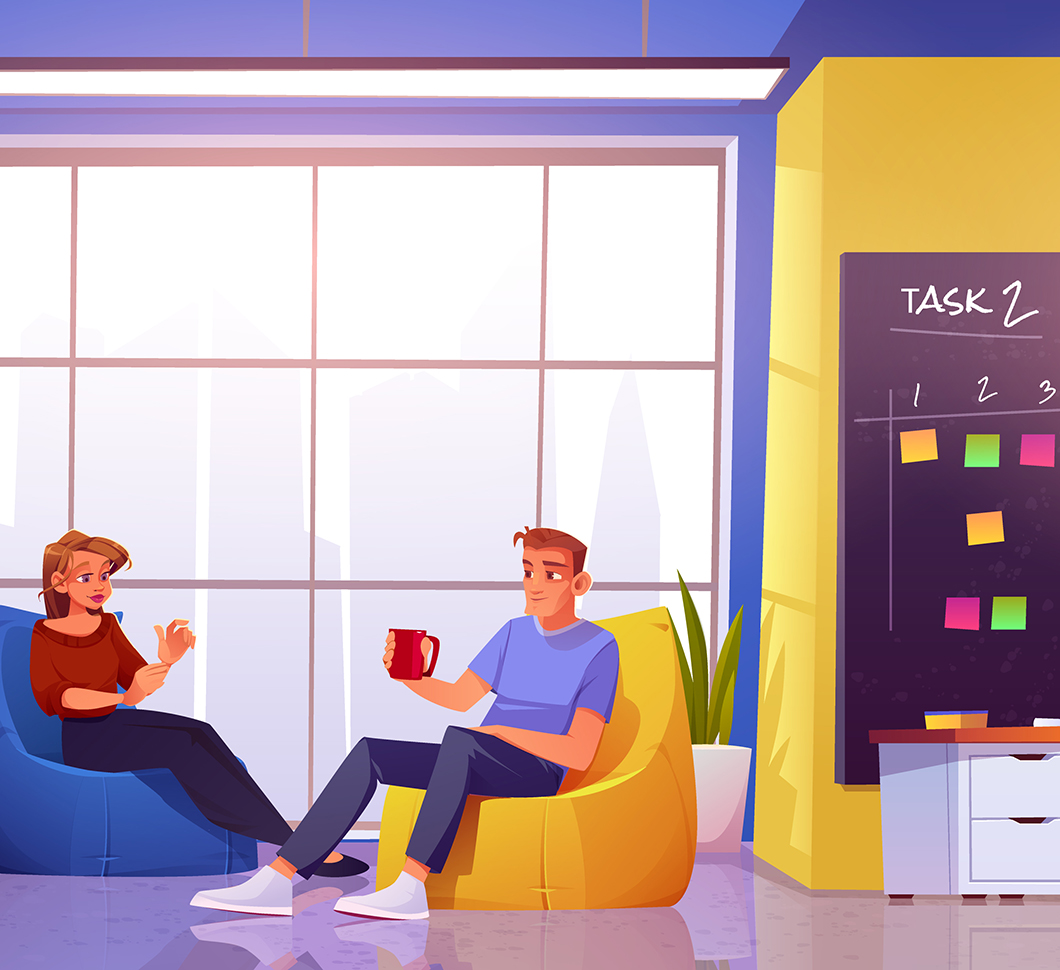 Key Trends Shaping Gamification in Recruitment for 2026 and Beyond
Key Trends Shaping Gamification in Recruitment for 2026 and Beyond  How to Create Crypto Casino Games the Right Way
How to Create Crypto Casino Games the Right Way  Games for Business: Proven Strategies for Engagement and Growth
Games for Business: Proven Strategies for Engagement and Growth 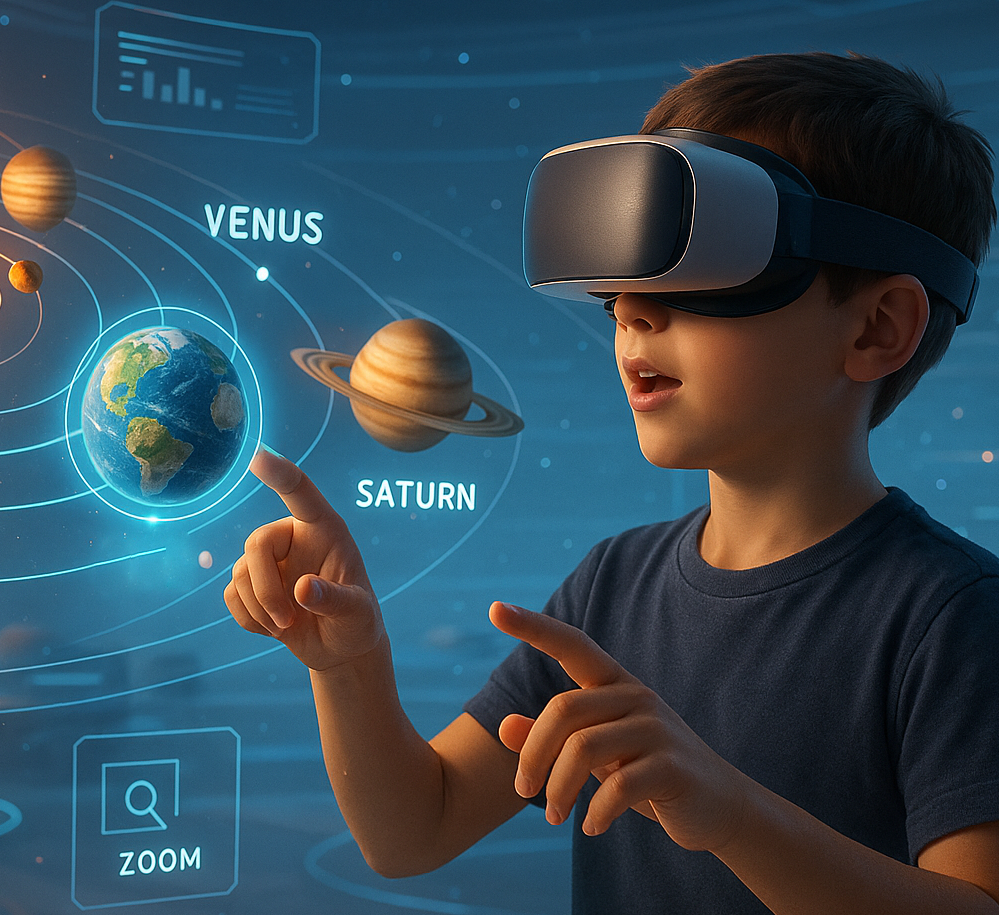 How to Design Learning Games for Kids That Teach Real-World Skills
How to Design Learning Games for Kids That Teach Real-World Skills 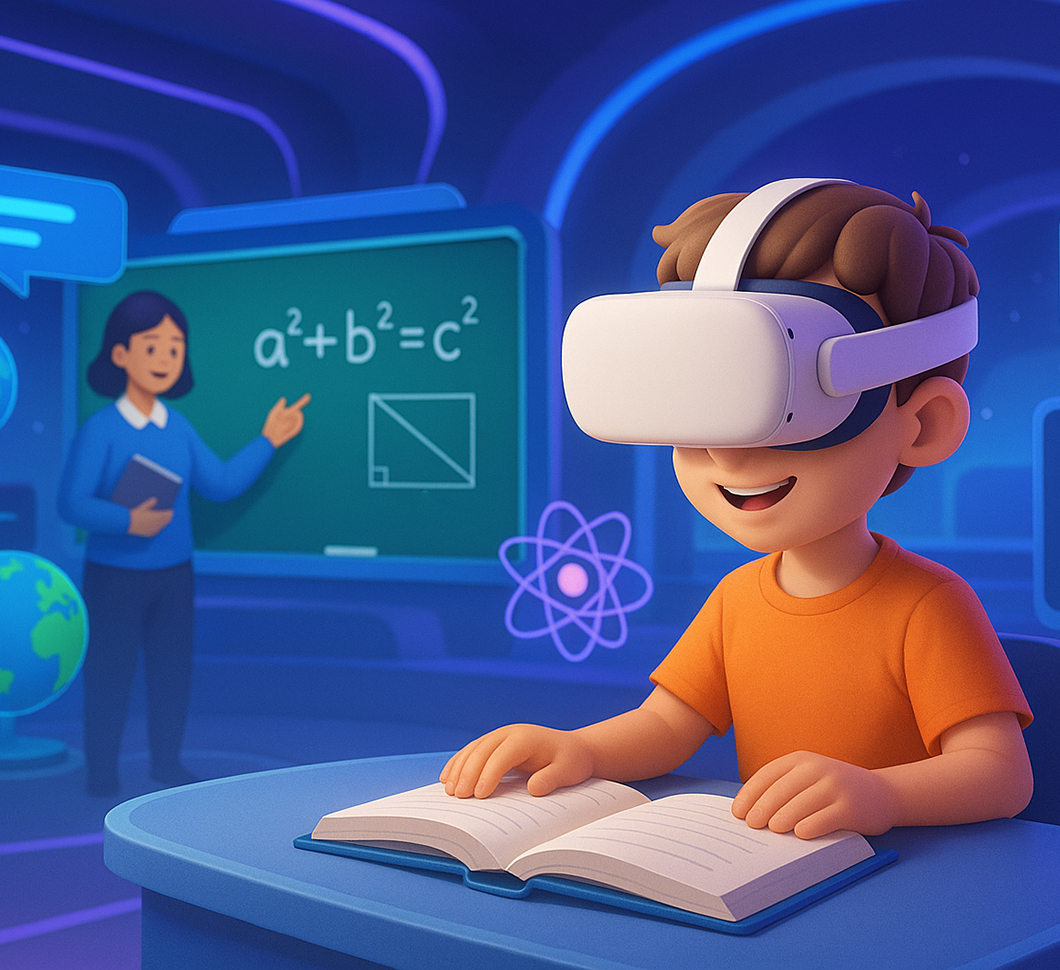 Level Up Learning: How Game-Based Learning Drives Real Results
Level Up Learning: How Game-Based Learning Drives Real Results 








